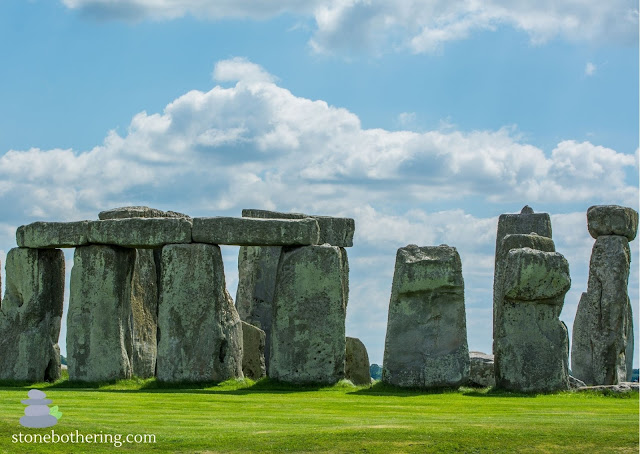Wayland's Smithy: A Hidden Gem of Neolithic England

Nestled amidst the rolling hills of Oxfordshire, England, lies Wayland's Smithy, an enigmatic relic of the Neolithic era. This ancient burial mound, dating back to around 3600 BC, is not only a captivating historical site but also a source of enduring folklore and mythology. Wayland's Smithy is an impressive sight, even after millennia of weathering. The long barrow, approximately 90 feet long and 20 feet wide, is constructed from earth and sarsen stones, a type of sandstone found in the area. Within the mound lies a central chamber, once used for the interment of the dead. Archaeological excavations have unearthed a wealth of artefacts from the site, including pottery, tools, and human remains. These findings provide valuable insights into the lives of the people who built Wayland's Smithy and the rituals they practiced. The name Wayland's Smithy has been linked to the Germanic smith-god Wayland or Weland. This legendary figure, also known as Volund in Norse mythology,...




